Welcome to our guide on organic vegetable garden! An excellent option for growing wholesome, fresh vegetables in an eco-friendly manner is organic gardening.
This article includes 10 crucial suggestions for a flourishing garden, beginning with choosing the best spot based on accessibility, drainage, and sunshine.
We’ll talk about how to prepare the soil, including how to test the soil, apply organic amendments, and till the soil properly. Find out which plants and seeds are ideal for your environment, including heirloom and organic types and disease-resistant possibilities.
Also Read: 15 Different Styles of Vegetable Gardens
Proven Tips for Starting an Organic Vegetable Garden
Establishing an organic vegetable garden is a fulfilling way to support sustainable practices and eat fresh, nutritious vegetables. From choosing the correct plants to properly maintaining your garden, this book offers crucial advice to help you develop a flourishing garden.
1. Tips to Choose the Right Location
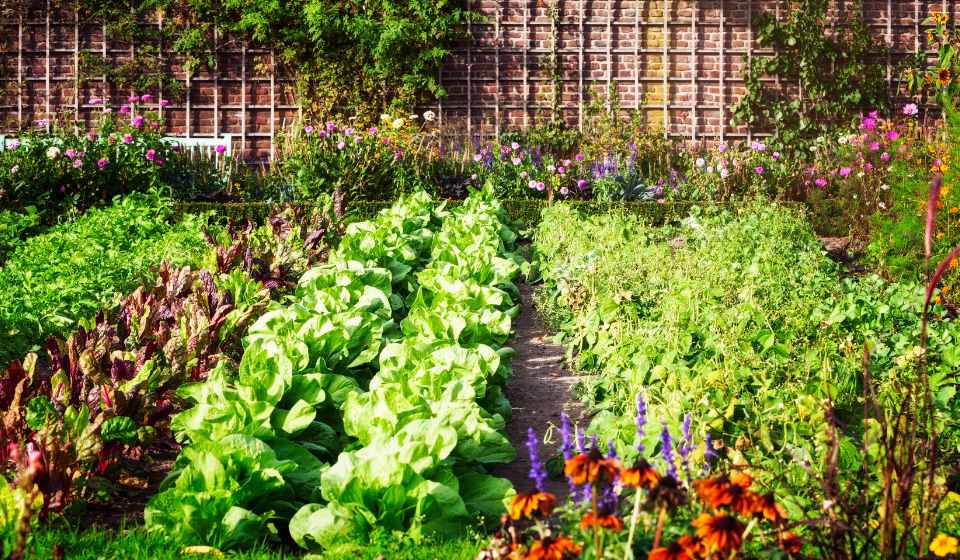
The location of your vegetable garden has a significant impact on its performance. Here are some suggestions on where to put your garden.
i). Sunlight
For the best planting results, select a spot with plenty of sunlight—ideally 6–8 hours of direct sun daily. Follow the sun’s path to determine which place receives the most sunshine.
While certain plants, like lettuce and spinach, can tolerate some shadow, many plants need full sun to flourish, so be mindful of any possible shade provided by trees, fences, or structures.
Consider the seasonal variations in the sun’s aspect since they impact light availability all year round.
ii). Drainage
Choose a garden spot with naturally excellent drainage to avoid root rot and maintain healthy plants. Steer clear where water collects, or the soil stays wet after rain.
Test your soil to determine how effectively it drains. Clay soils may hold onto too much water, whereas sandy soils often drain nicely. Composted organic matter may help clay soils drain better.
If drainage is a recurring concern, use raised beds or containers to better control soil conditions and lessen standing water issues.
iii). Accessibility
Select a garden spot that is convenient for you to get to from your house so you can do routine upkeep like watering, weeding, and harvesting. It should also be close to a water supply.
Ensure all paths are safe and straightforward, preventing plants from being tramped on and making moving equipment and supplies easier.
Think about how convenient it is to have somewhere to store gardening supplies, compost, and other necessities. Keep these products close at hand to increase convenience and simplify your gardening routine.
Also Read: Ultimate Vegetable Gardening Styles For Home
2. Steps To Test and Prepare Your Soil
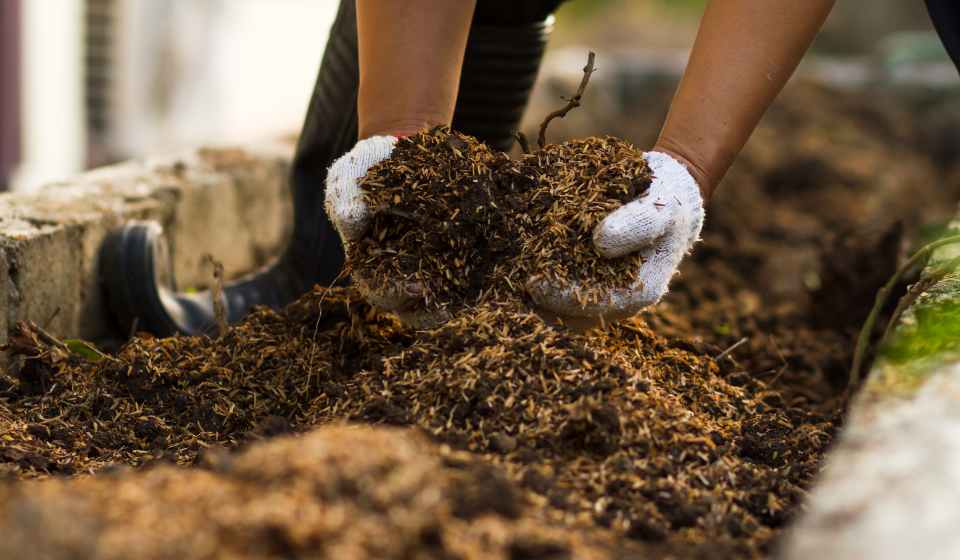
The key to a successful organic garden is healthy soil. By measuring the pH and nutrient levels in your soil, testing may help you make the required corrections.
i). Test of Soil
Pick up a soil test kit from your local garden shop or extension office to prepare your soil. These kits may provide a general analysis or concentrate on some aspects, like as pH.
Take soil samples from different areas of your garden, ensuring the samples are debris-free. Assemble soil, water, and reagents according to the kit’s directions, then compare color changes to a chart.
Determine the pH and nutrient levels by analyzing the data and making any necessary corrections, such as adding lime to increase pH or sulfur to drop pH.
ii). Modifications
For organic vegetable garden, you should add organic resources, such as compost, aged manure, or leaf mold, to improve soil structure and fertility on the findings of your soil test. These inputs increase moisture retention and nutritional enrichment of the soil.
Use specialized fertilizers or organic additions if the test indicates dietary deficits. Aim for a 2-3 inch layer of organic matter as you evenly distribute it over the soil.
To ensure uniform distribution and accessibility for plant roots, work the amendments into the top 6–12 inches of soil with a garden fork or shovel.
iii). Tilling
While very wet soil may become clumpy and dry dirt can be challenging, tilling should be done when the soil is damp but not waterlogged.
For deep root penetration and nutrient availability, loosen the soil to a minimum depth of 12 inches; however, tilling to the bed’s depth may be sufficient in raised beds.
Break apart clumps using a garden fork, shovel, or rototiller to create a loose, crumbly texture. Steer clear of over-tilling to protect important microbes and avoid upsetting the structure of the soil.
To make a level planting space, finish using a rake to smooth the soil’s surface.
Also Read: Cheap Vegetable Garden Ideas For You
3. Choosing Organic Plants and Seeds
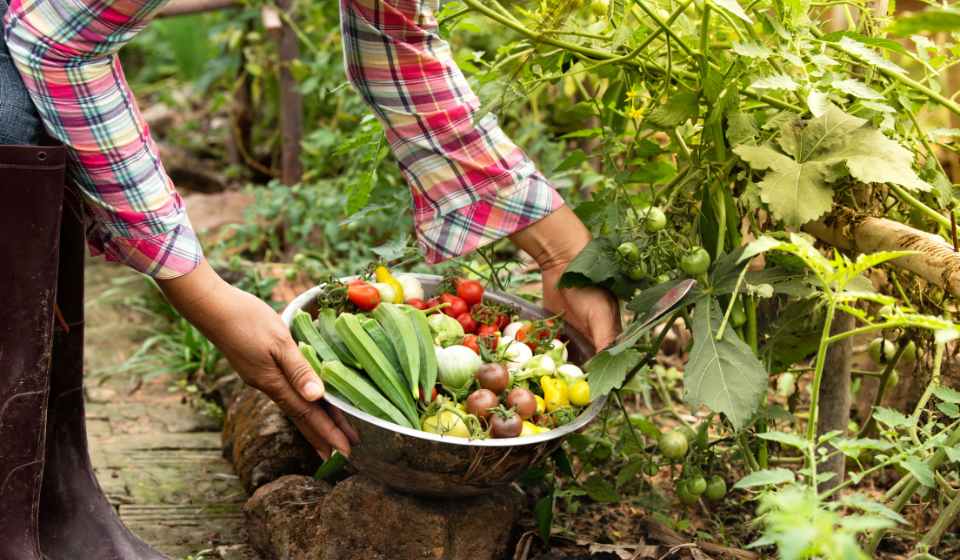
Choosing plants and seeds for an organic garden is essential to its success. To guarantee a varied and fruitful vegetable garden, choose cultivars that are compatible with your climate and soil, prioritize disease resistance, and consider heritage alternatives.
The Advantages of Organic Seeds
Chemical-Free Growth: Organic seeds are not cultivated using artificial fertilizers, herbicides, or pesticides. This indicates that the seeds themselves do not contain chemical residues, which benefits the environment and the garden.
This may be especially crucial for preserving the health of the soil and safeguarding beneficial insects.
2. Soil Health: Crop rotation and the use of organic compost are two agricultural techniques often utilized to improve soil health while growing organic seeds. As a consequence, seeds produced are more suited to rich, balanced soils.
3. Biodiversity: The production of organic seeds contributes to agricultural biodiversity by maintaining a wide range of plant species and genetic variation. This is good for the ecosystem because it encourages resilience and ecological equilibrium.
4. Environmental Impact: Organic agriculture helps preserve land and water supplies while lowering pollution. Selecting organic seeds encourages environmentally friendly, more sustainable agricultural practices.
5. Nutritional Value: Research indicates that plants cultivated organically may have greater concentrations of certain nutrients and antioxidants. However, this may vary depending on several variables, such as plant type and soil quality.
Selecting Seeds and Plants
Right seed variety is crucial for an organic vegetable garden. Here is the detail!
i). Heirloom Varieties
Heirloom seeds link us to past agricultural techniques and cultural legacy through their distinctive tastes, textures, and colors. They have been handed down through the years.
They enhance garden variety and culinary experiences, offering a rich diversity frequently lacking in commercial hybrids. Generally, heirlooms exhibit local solid adaptation, making them resistant to diseases and pests.
Because they regularly reproduce from their own seeds and are open-pollinated, they maintain unique plant traits and genetic stability.
ii). Resistance to Disease
Selecting well-known vegetable kinds for their ability to withstand common pests and diseases may boost yields, lessen the need for chemical treatments, and significantly improve garden health.
Look for seeds that have been specially cultivated to withstand problems like powdery mildew, rust, and blight; they may be found in seed catalogs and plant nurseries.
These resistant cultivars reduce the danger of pests and diseases even more when combined with Integrated Pest Management (IPM) techniques including adequate plant spacing and crop rotation, which promotes a healthier and more fruitful garden.
iii). Local Adaptation
To guarantee that your seeds flourish and produce a good crop, choose seeds that are compatible with the climate in your area. Select cultivars suitable for your region’s temperature, humidity, and rainfall patterns.
Additionally, consider your soil—loamy, clay, or sandy—because many plants need specific soil to thrive. Choose types that will also thrive in your growing season’s duration and temperature range.
You may increase the chances of solid plant development and a fruitful garden by selecting seeds compatible with your area’s soil and climate.
iv). Extra Advice
For advice on the best seed kinds for your region, speak with your local gardening clubs, extension agencies, or nurseries. Their in-depth knowledge of the area may provide insightful information.
Acquire seeds from reliable vendors that verify germination percentages and quality to guarantee premium seeds with greater chances of success.
Following the planting guidelines that come with the seeds will assist in increasing germination success and encouraging healthy plant development. Follow the recommended sowing depth, spacing, and care instructions.
Also Read: 7 Tips To Make Tomato Plants Grow Faster
4. Implement Companion Planting
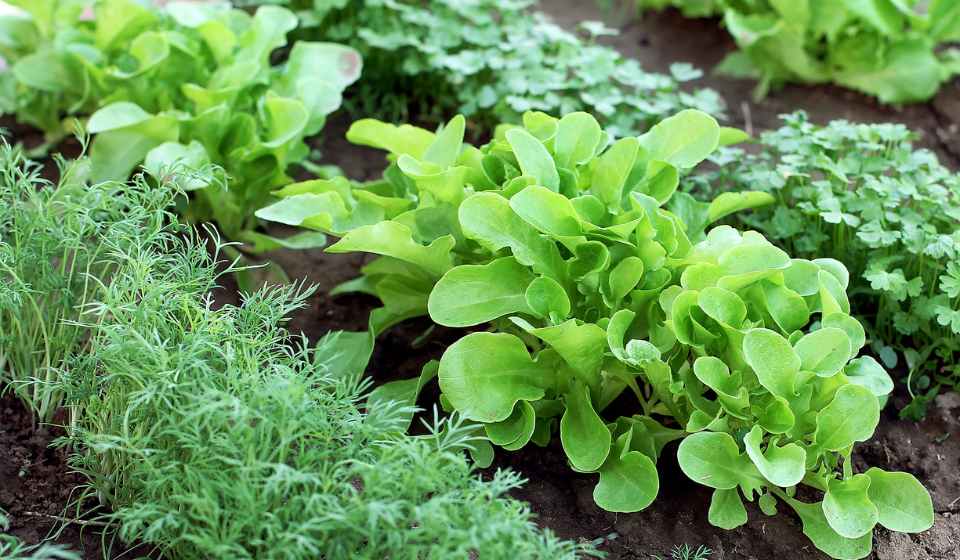
Using companion planting as an organic vegetable garden technique, several plant species are planted beside one another to promote mutual development and health.
Gardeners may use natural interactions between plants to enhance soil quality, deter pests, and increase plant yield by pairing plants deliberately.
This technique produces a more robust and harmonious garden environment using symbiotic ties between plants. As an illustration:
i). Basil and Tomatoes:
Tomatoes and basil go together like clockwork. Basil may repel aphids, whiteflies, and other pests that often attack tomatoes. Furthermore, the powerful scent of basil is said to improve tomatoes’ taste.
Growing basil next to tomatoes may help the tomato plants become healthier overall and even help ward off the nasty hornworm.
ii). Carrots and Onions:
In the garden, carrots and onions work well together in several ways. Carrot flies are known to harm carrot roots, although onions help ward them off. Carrots, on the other hand, aid in aerating the soil, which facilitates onion bulb development.
This reciprocal advantage maximizes garden area use while promoting the growth of both plants.
iii). Corn and Beans:
Corn and beans make a mutually beneficial union because of their mutually supporting nature. As nitrogen-fixing plants, beans can transform atmospheric nitrogen into a form other plants can use.
This natural fertilization is beneficial to corn, which requires more nitrogen. Furthermore, bean vines may grow up the stalks of corn, reducing space and increasing output in the garden. Corn also acts as a physical support for these vines.
Also Read: How To Do Raised Bed Gardening?
5. Practice Crop Rotation
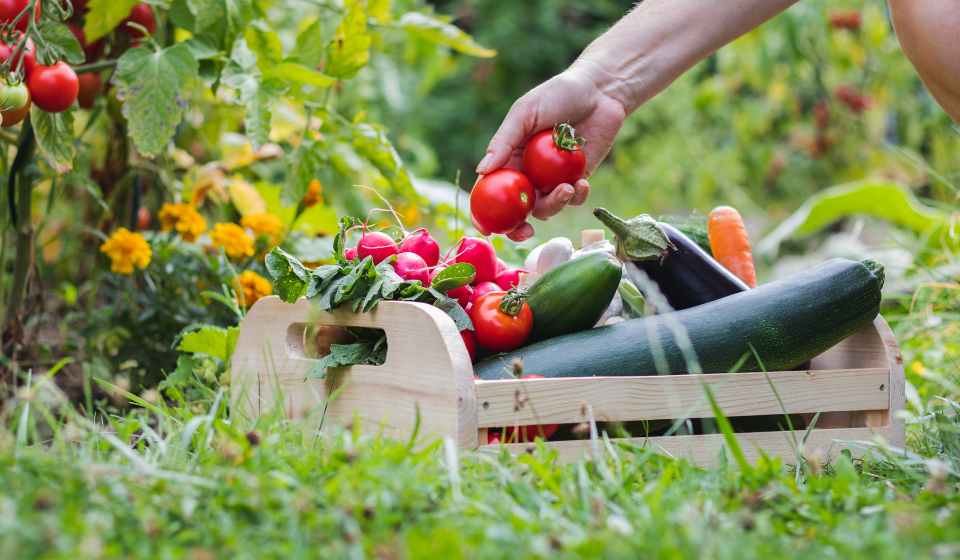
Crop rotation is an essential technique in sustainable gardening that reduces the danger of pests and plant diseases, stops nutrient depletion, and maintains soil quality.
By shifting crop locations every growing season, you may avoid the accumulation of pests and diseases in the soil where the same plants are planted repeatedly.
This technique also improves soil fertility by minimizing the possibility of nutrient imbalances and enabling diverse plant families to contribute different nutrients to the soil.
How to Implement Crop Rotation
First, group your crops into plant groups, such as legumes, root vegetables, leafy greens, and brassicas, since each has different nutritional requirements and insect profiles. This will help you plan crop rotation more efficiently.
Create a rotation schedule that prevents plants from being planted in the same spot again. For example, don’t put nightshades in a bed where tomatoes were produced the year before.
Use cover crops, such as rye or clover, to improve the health of your soil by fixing nitrogen, supplying organic matter, and reducing erosion.
Keep a garden notebook to record planting dates, locations, and notes on plant performance, pests, and soil condition. Utilize these data to regularly evaluate and modify your rotation strategy to maximize garden output and solve new problems.
Also Read: 15 Best Vegetables to Grow for Survival
6. Apply Organic Pest Management Techniques

In addition to being healthier for the soil, organic pest management is safer for the environment and beneficial insects than chemical pesticides.
Using organic gardening practices promotes the existence of beneficial insects like ladybugs and lacewings, which naturally feed on common garden pests and help maintain a healthy environment.
Neem oil is an additional helpful tool that does not influence the environment and may be used to manage various pests and fungal diseases. Furthermore, DIY insect repellents produced with soap, hot pepper, or garlic may serve as natural deterrents for bugs, lowering the need for artificial pesticides.
These organic gardening methods promote a more environmentally conscious and sustainable gardening practice in addition to protecting the health of your garden.
7. Water Wisely
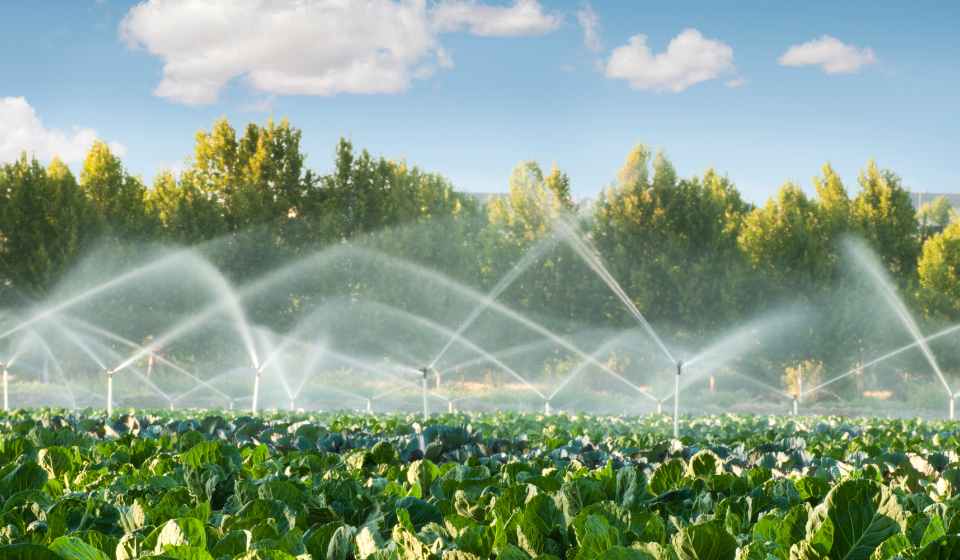
Maintaining an organic vegetable garden, your plants requires proper watering since overwatering and underwatering may stress plants and make them more susceptible to disease. To guarantee that plants get the appropriate quantity of moisture, efficient watering techniques are essential.
By installing a drip irrigation system, you can minimize water waste and encourage healthy development by providing a consistent flow of water straight to the roots of your plants.
Mulching the area surrounding plants reduces evaporation and helps hold onto soil moisture, which is especially helpful in hot weather.
Furthermore, watering plants in the early morning guarantees they take in moisture before the day’s heat causes evaporation. These techniques support healthy plant growth, preserve ideal soil conditions, and create a flourishing garden.
8. Use Mulching
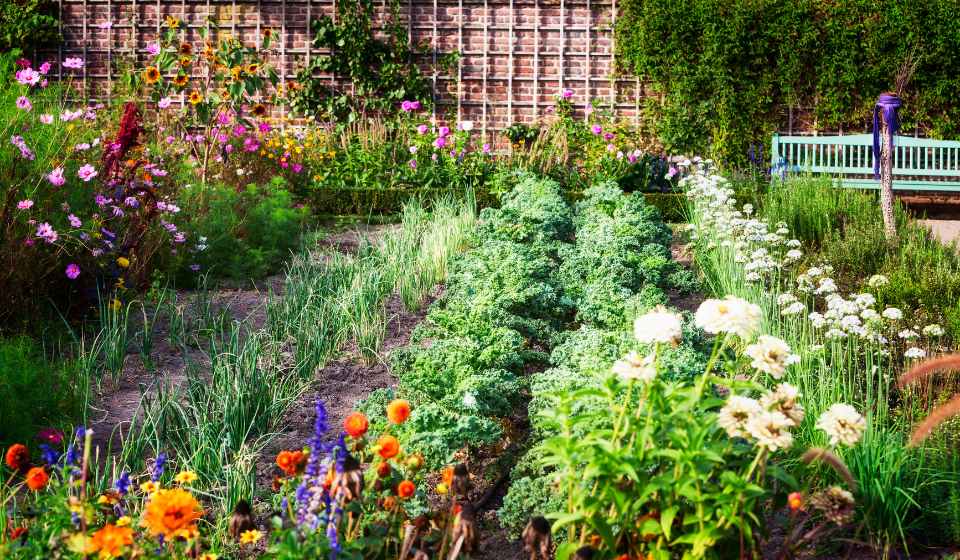
Mulching preserves soil moisture, inhibits weed growth, and improves soil structure over time, all of which benefit the health of gardens. Straw, grass clippings, leaves, and wood chips are examples of organic mulches that decompose over time to replenish the soil with organic matter and strengthen its general structure.
This kind of mulch also aids in controlling soil temperature, retaining moisture, and giving plants nutrients. On the other hand, inorganic mulches, such as landscape cloth or plastic, do not provide organic matter to the soil but instead efficiently suppress weed growth and minimize soil erosion.
While inorganic solutions may help control weeds, adding organic mulches improves soil fertility and health, contributing to a more sustainable garden ecology.
9. Maintain Regular Garden Care
A healthy and fruitful organic vegetable garden requires regular care and attention to several essential duties. Here’s a more thorough explanation of the crucial recurring upkeep duties for your garden:
i). Weeding
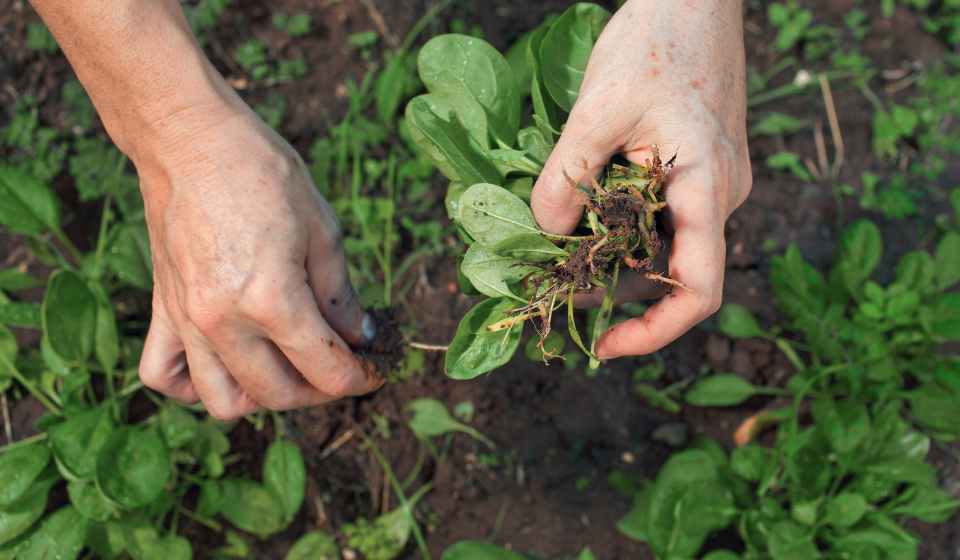
Weeds impede the development of vegetables by competing with them for vital nutrients, water, and sunshine. Check your garden for weeds at least once a week.
Eliminate weeds by hand or with hand tools, being careful to remove them together with their roots, mainly when the soil is softer after rain or irrigation.
Cover plants with organic mulch, such as wood chips or straw, to keep moisture in the soil, prevent weed development, and enhance the quality of the soil.
Use cardboard barriers to stop weed seeds from germinating or organic pre-emergent pesticides for ongoing weed problems.
ii). Pruning
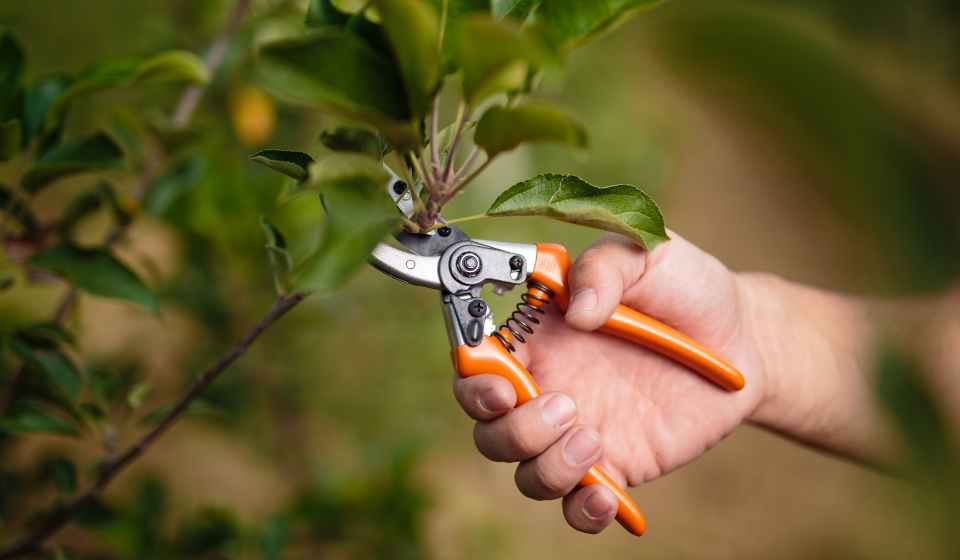
Remove damaged or dead plant material regularly, including leaves, stems, and flowers, to improve the health of your garden and increase fruit or bloom output.
Pruning methods differ depending on the plant: remove suckers from tomatoes, peppers, and cucumbers to improve ventilation and energy distribution; trim down superfluous foliage from beans and squash; or reduce rapid growth.
Utilize trellises, cages, or stakes to direct and support plant development. This increases ventilation and lowers the risk of illness by avoiding rot.
iii). Monitoring
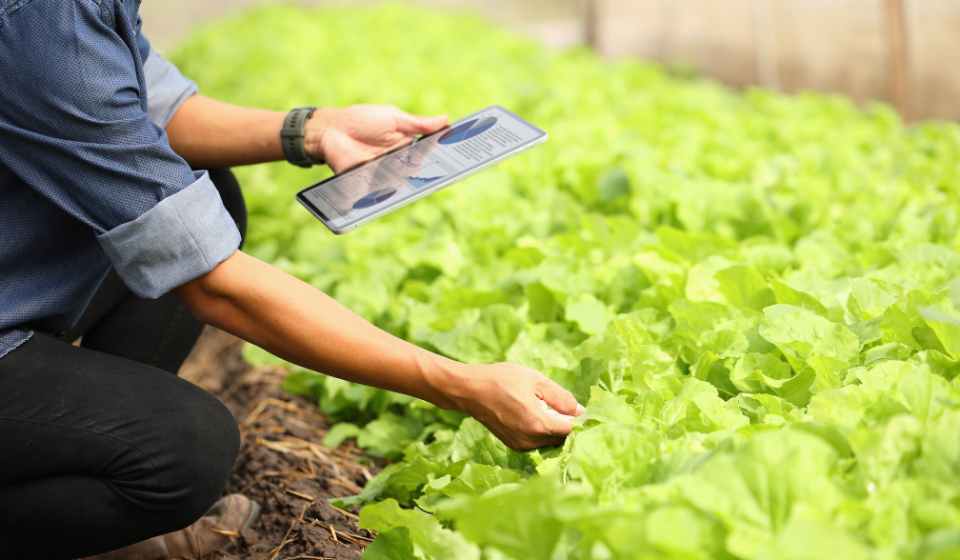
Check both sides of leaves, stems, and soil for pests such as aphids and caterpillars regularly. Early identification prevents minor problems from becoming worse.
When you see signs of the illness, including wilting or yellowing, remove the affected areas right away and consider using organic therapies. Additionally, keep an eye on the weather, soil moisture, and plant development.
Modify your watering and maintenance schedules as necessary to suit your plants’ needs and shifting circumstances.
Also Read: How to Start a Kitchen Garden: A Comprehensive Guide
10. Harvest and Enjoy
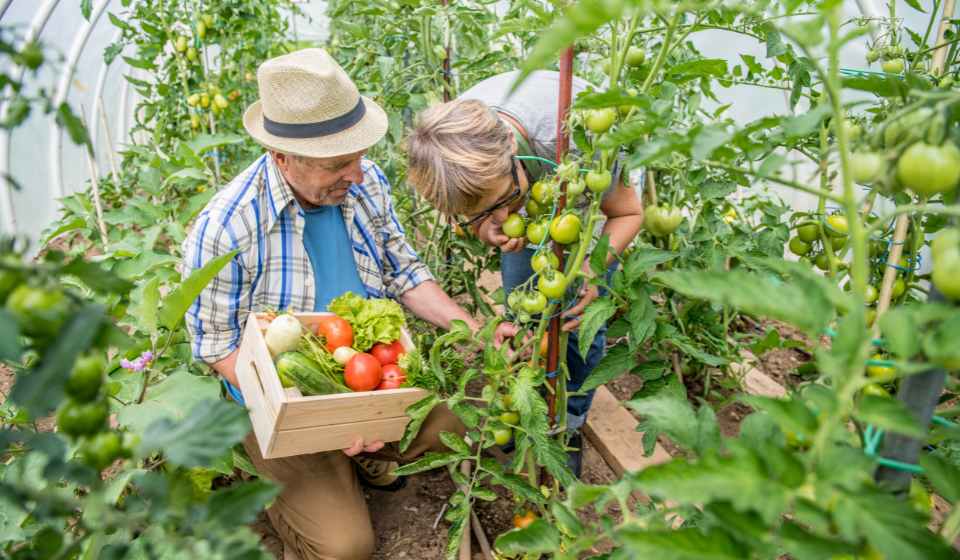
Harvesting your veggies at the right time will maximize their taste and nutritional worth. Pay attention to the unique maturity standards for each variety of vegetable to make sure you choose them at their best.
Harvest using sharp equipment like garden shears to achieve a clean cut and avoid damaging the plants. Produce will taste better and be of higher quality if you regularly check for maturity and pick at the right time.
Savor the freshness of home-grown food and contribute to a healthy and fulfilling diet by adding your freshly selected veggies to meals. This will allow you to enjoy the benefits of your effort.
Conclusion
Establishing an organic vegetable garden yields several advantages for you and the environment besides providing fresh, nutritious vegetables. You provide a solid foundation for success by carefully picking the ideal spot, amending your soil with organic matter, and selecting appropriate seeds and plants for your environment and requirements.
Companion planting, crop rotation, and organic pest management are a few of the successful techniques that may guarantee a flourishing garden while preserving soil health and encouraging ecological balance.
Consistent upkeep, such as appropriate hydration and prompt harvesting, enhances plant health and optimizes productivity. These 10 tried-and-true suggestions can help you design a thriving, environmentally friendly garden that improves your health and well-being.
Recent Posts
Here is reply of high-demand removable wallpapers. The wallpaper industry has changed a lot in recent times, with the launch of removable wallpaper being seen as a blessing for homeowners, renters,...
Brown is an often neglected color when considering interior design but brown decor living room ideas could make your house feel warm, sophisticated, and timeless. More adaptable than any other...
